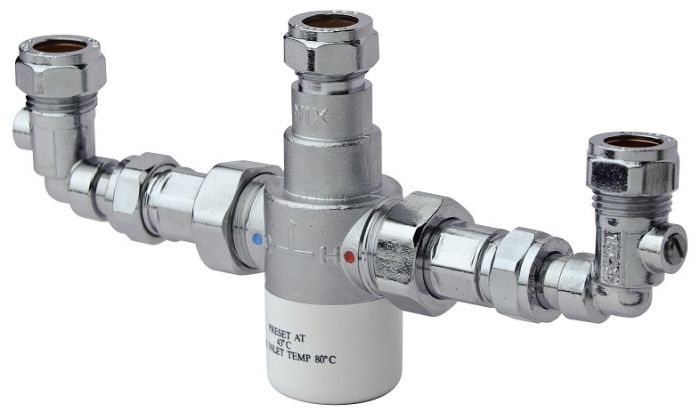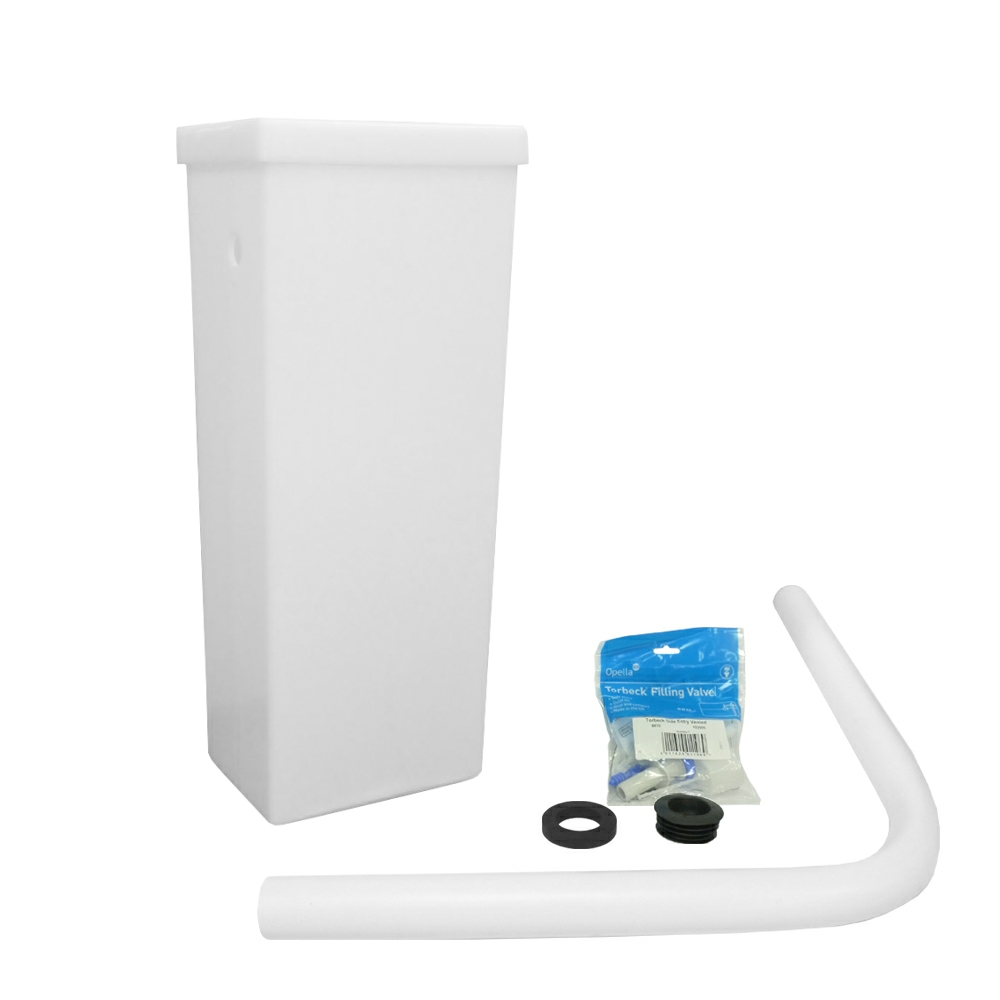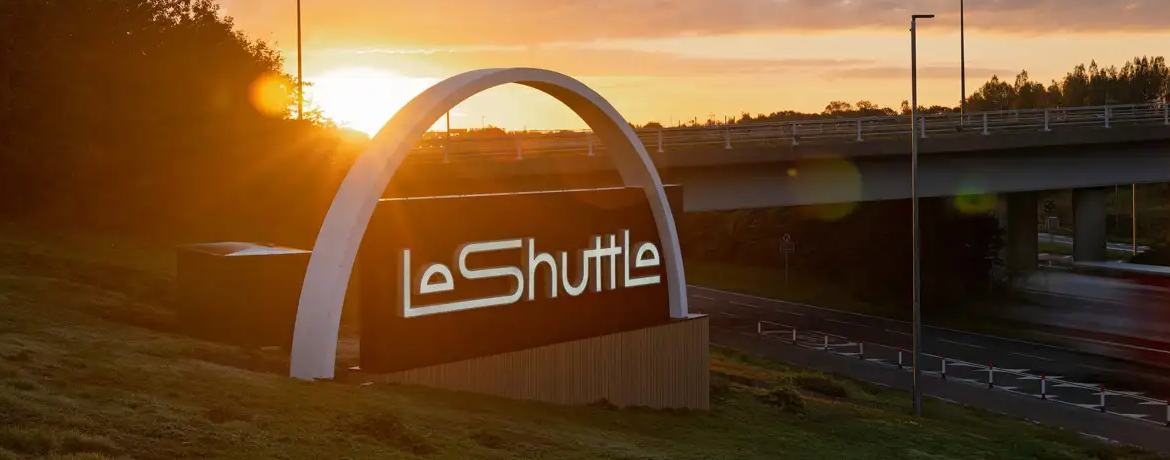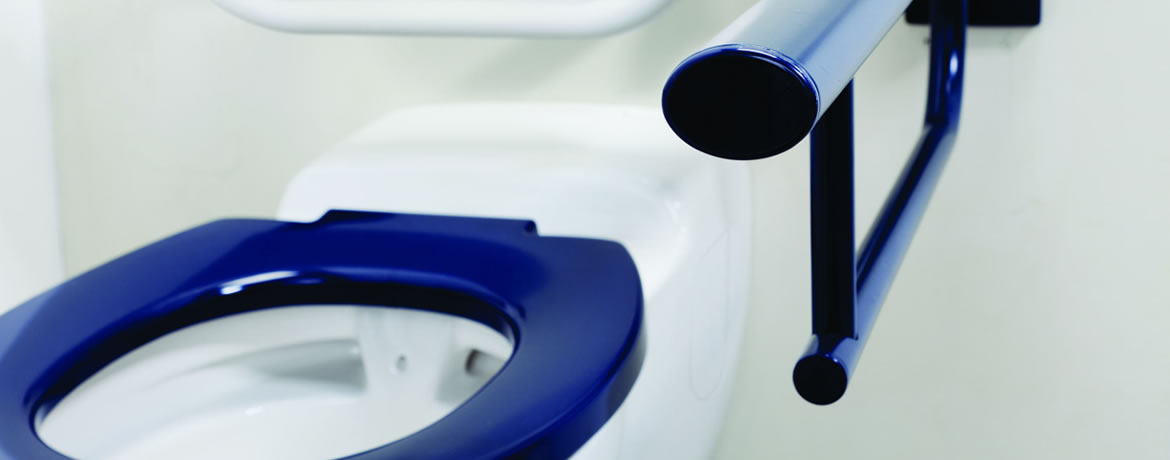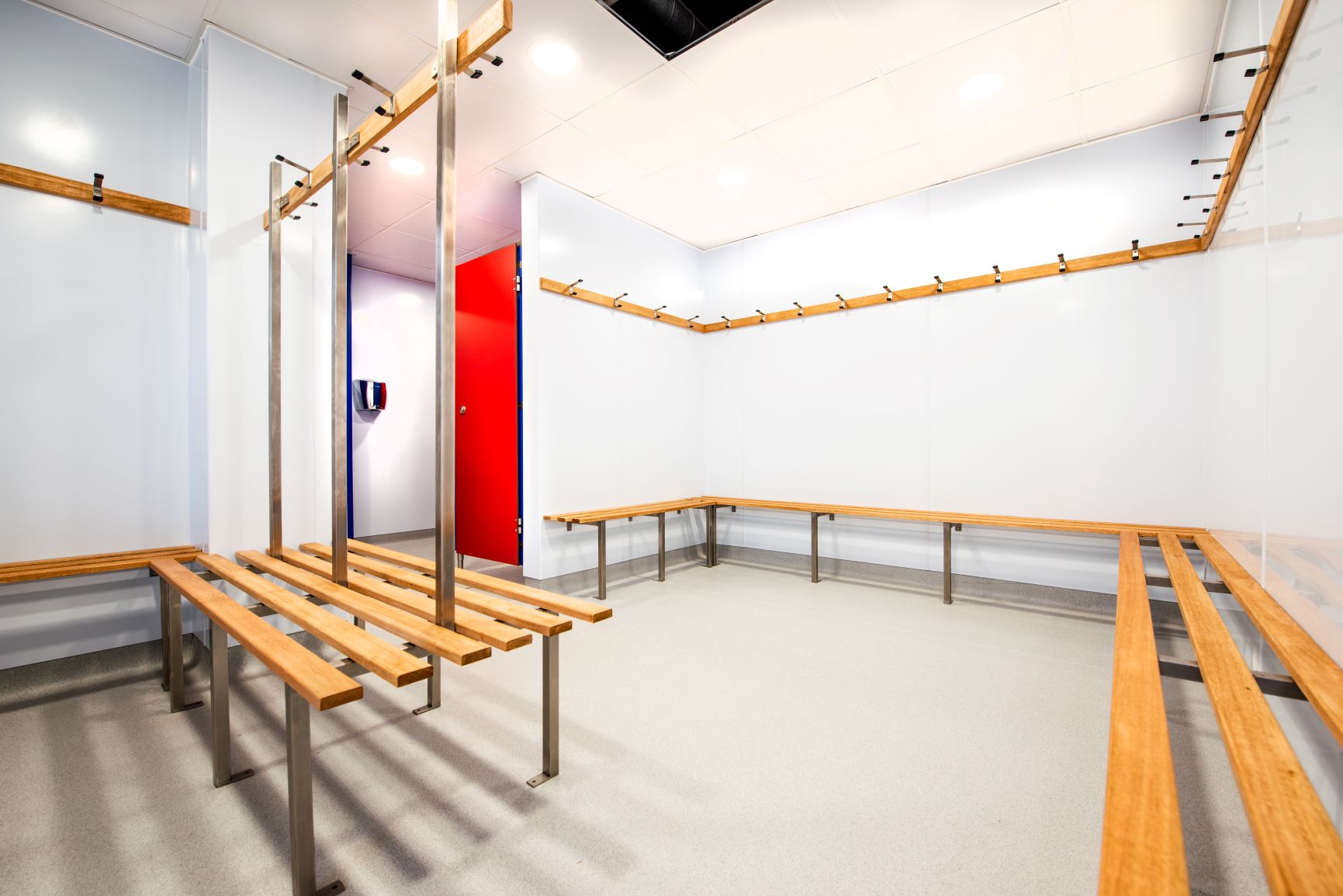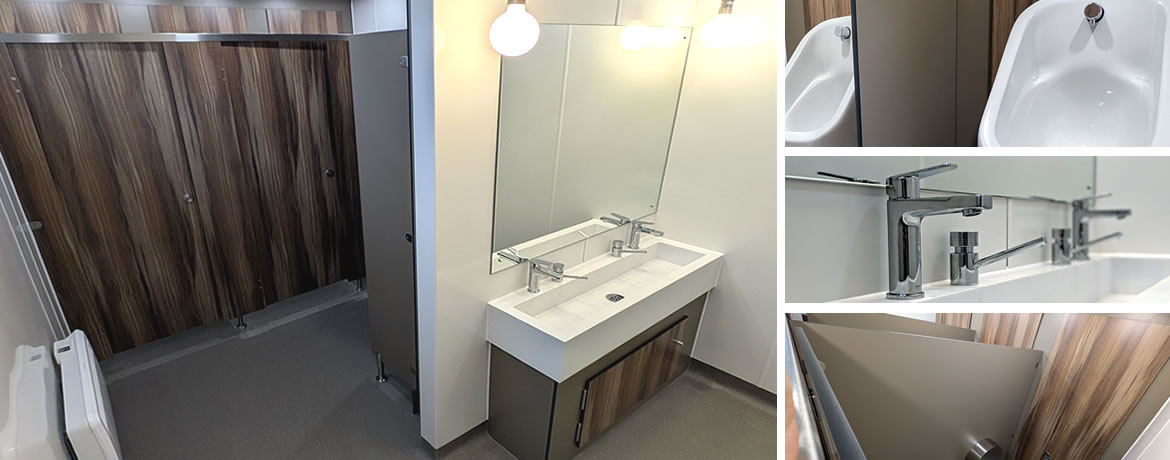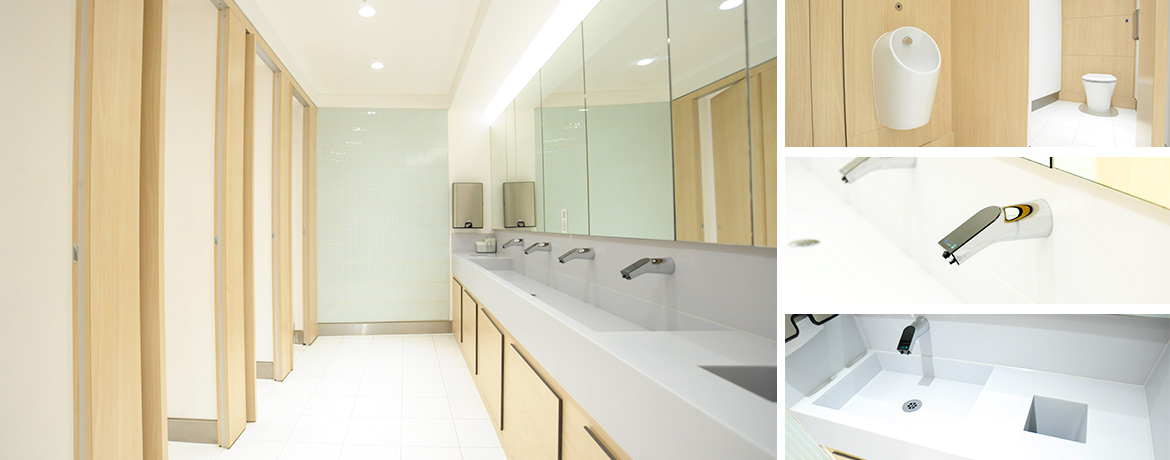Taps, Toilets, Showers and Urinals For Low Pressure Water Systems
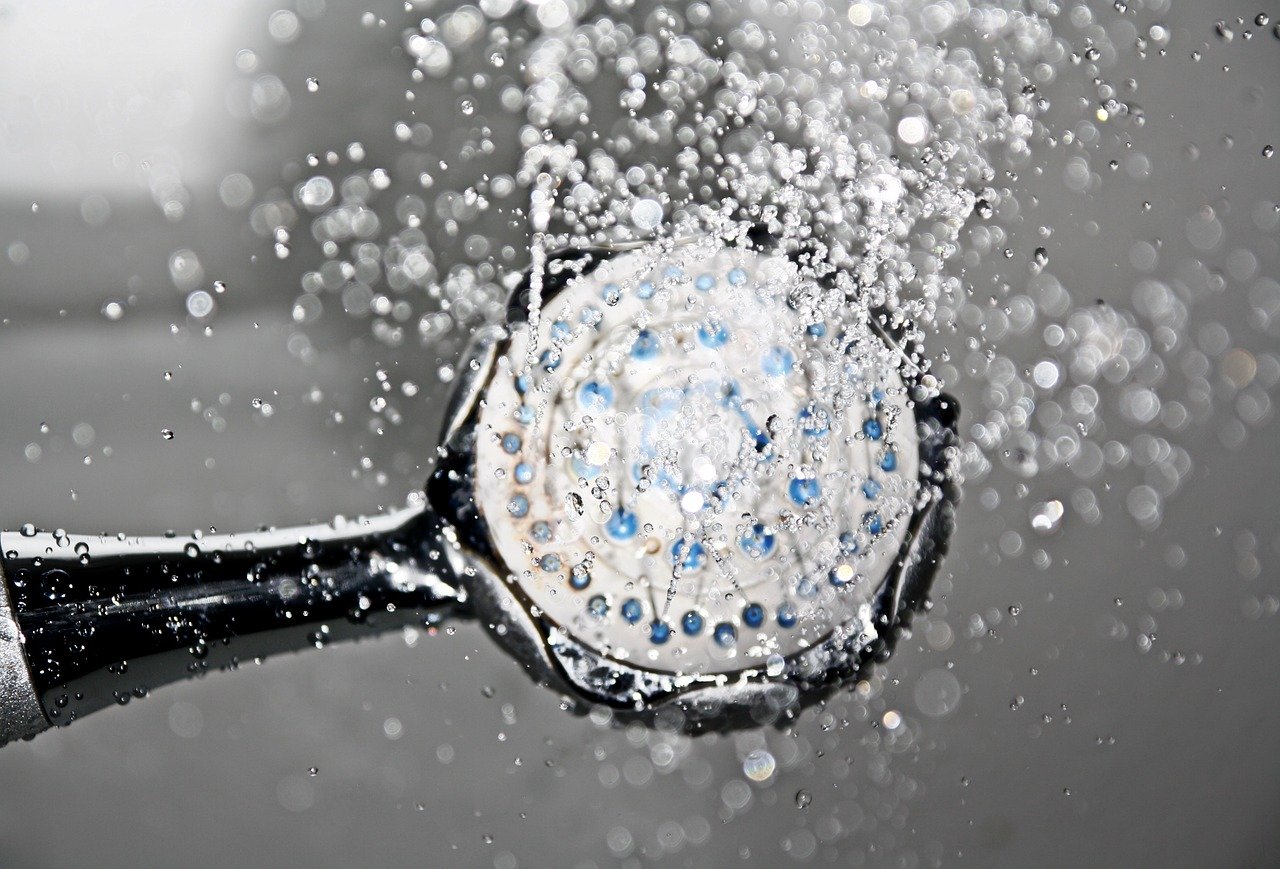
Working with low water pressure can pose serious problems, here we take a look at how to deliver an efficient, hard-working washroom despite this common issue…
Tackling low water pressure is a common problem that can throw a spanner in the works for even the most carefully planned washroom renovations. Low water pressure can seriously affect the usability of your washroom, and in a worst-case scenario mean your toilets won’t flush properly, while taps and showers simply won’t even open to emit water through them. However, low pressure is just a bump in the road, providing you know how to deal with it. Here we take a look at some common problems and ways to overcome them.
What is a low-pressure water system?
There are two main types of water systems; mains fed, and cold-water storage. A mains-fed system is where the cold water comes directly from the main point of entry to the building. A cold water storage system is where a large tank is filled up and then drawn from throughout the day, each time being topped up automatically. The advantage of a tank-fed system is that in a high-traffic environment when many taps, showers and toilets are calling for water, the pressure will remain the same, while increased demand on a mains-fed system will start to see some drop off in pressure. Large commercial and industrial water systems may be fitted with Pressure Reducing Valves and non-return valves which are designed to protect the taps, showers, and cisterns from the high mains water pressure. If these valves are not maintained properly they can cause the water pressure to reduce too low for the taps, showers, and cisterns to work properly.
Low water pressure is considered to be anything below 1 bar. This can be caused by a number of reasons including being far away from the water main, high demand on both mains-fed and cold water storage systems, and pipe size. It’s worth pointing out the difference between water pressure and water flow rate.
Water pressure is the amount of force behind the water as it leaves a pipe, tap or shower. The water flow rate is the amount of water that passes through an outlet in a set period of time.
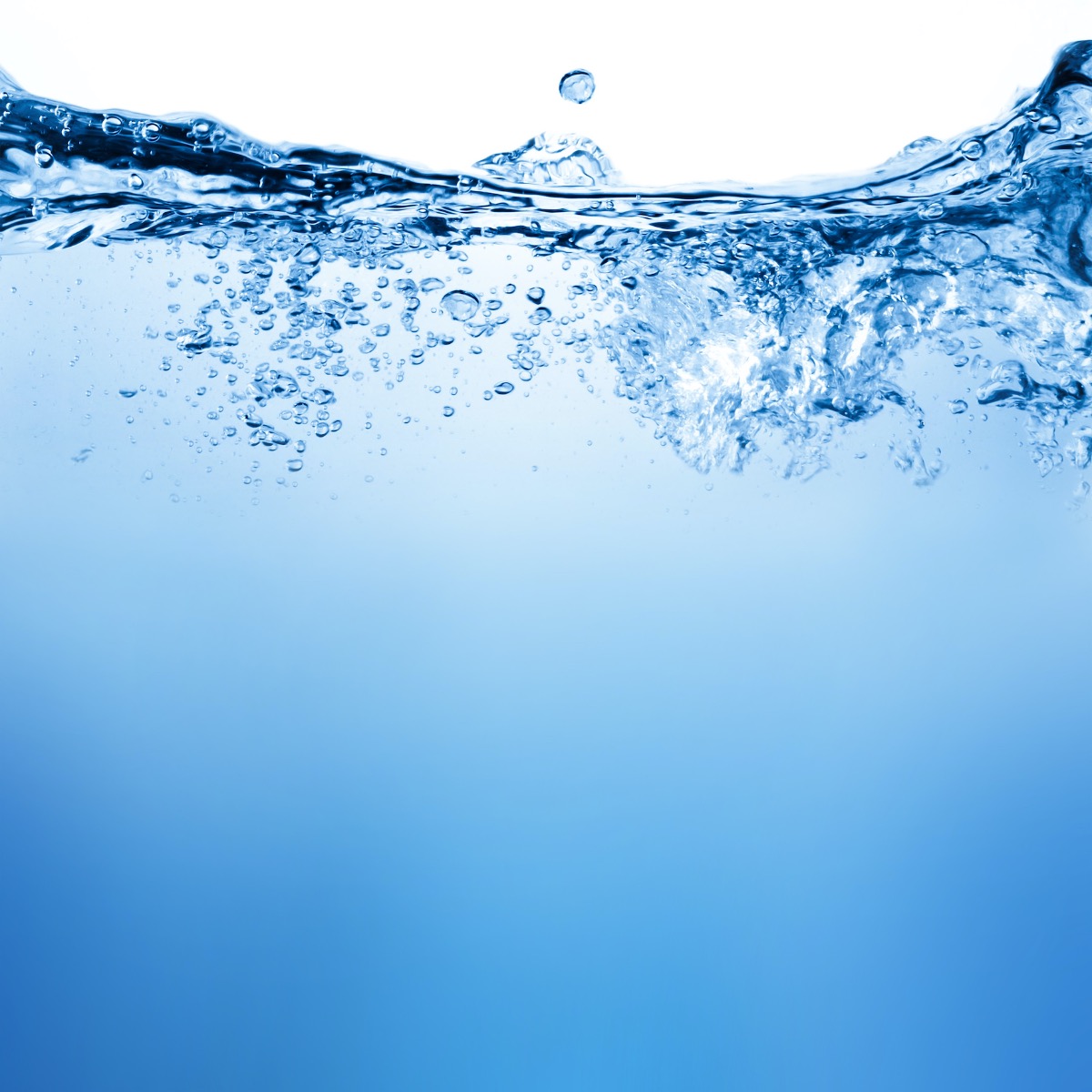
Taps for low-pressure water systems
When dealing with low water pressure, there are certain options that can help mitigate the problem. Lever taps, for example, tend not to suffer as the valve is being manually opened and closed by the user. However, push taps and sensor taps usually require a certain amount of pressure in order to open and close the valve.
Legislation requires that a thermostatic mixer valve (TMV) is fitted on all taps and showers. However, TMVs can in certain situations inhibit the water pressure. In some washrooms where the water pressure is barely above 1 bar, this results in a drop that can prevent taps not functioning properly. Many options, like the Dart Valley Systems A45 sensor tap, are available with a low-pressure solenoid valve, giving installers the option to install the tap into low-pressure systems from 0.2-1 bar of pressure.
Showers for low-pressure water systems
Showers are one of the main areas of concern when it comes to water pressure. In a busy gym or leisure centre, the facilities can see a high demand in a short period of time, which could result in a drop in pressure or a drain down on the stored hot water supply.
There are several modern hot water storage systems that can help combat this, delivering ample hot water in rapid time. Having both hot and cold water storage allows you to cater to peak times without impeding the main's water pressure. Additionally, you can install flow regulators on the shower heads, which limits the amount of water passing through the outlet. This flow rate is measured in ‘litres per minute’ and restrictions can deliver substantial water usage savings emitting the risk of low water pressure, and saving money at the same time. Push-button shower valves allow you to open the valve for a set period of time, which has been proven to reduce the amount of time a user spends in the shower.
Toilets and urinals for low-pressure water systems
When a film finishes at the cinema, or a flight disembarks at an airport, the washrooms are inundated with users in demand of the toilets. This quick succession of users often means the cisterns don’t have enough time to fill up again, which can lead to longer queues and some users not bothering to flush the toilet.
Sensor flush kits partnered with vertical cisterns not only allow you to reduce the flow of water into the cistern but help to deliver more force behind the water flushing the pan, often with a lower volume of water.
If you need to discuss further options for your washroom or are concerned about your water system and water pressure capacity at your site, please get in touch with one of the team on 01202 650900.
MORE TO EXPLORE IN Related Posts
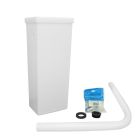
DVS Vertical Concealed Plastic Cistern Kit - 1.5"
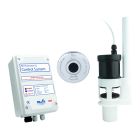
DVS Automatic Toilet Sensor Flush Kit 1.5" base

Cistermiser Low Pressure Hydraulic Urinal Flush Control Valve

DVS Aquarius Deck Mounted Sensor Tap (A45) No Touch
As low as £268.80 £224.00
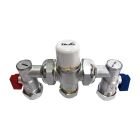
DVS Thermostatic Mixing Valve 4 in 1 TMV3 15mm/22mm


